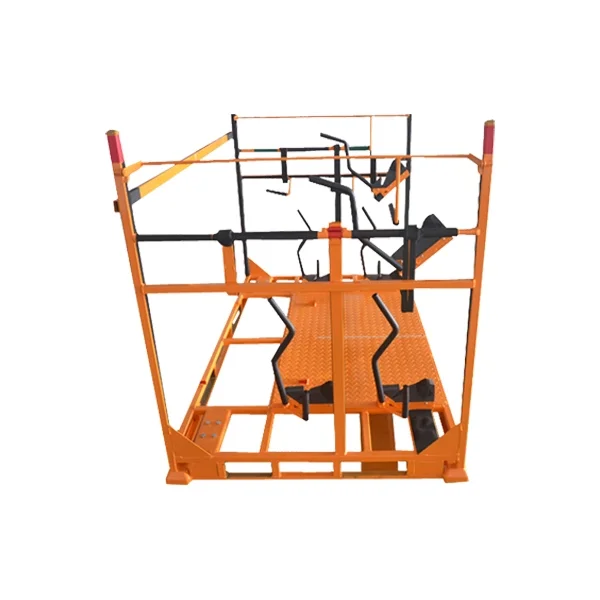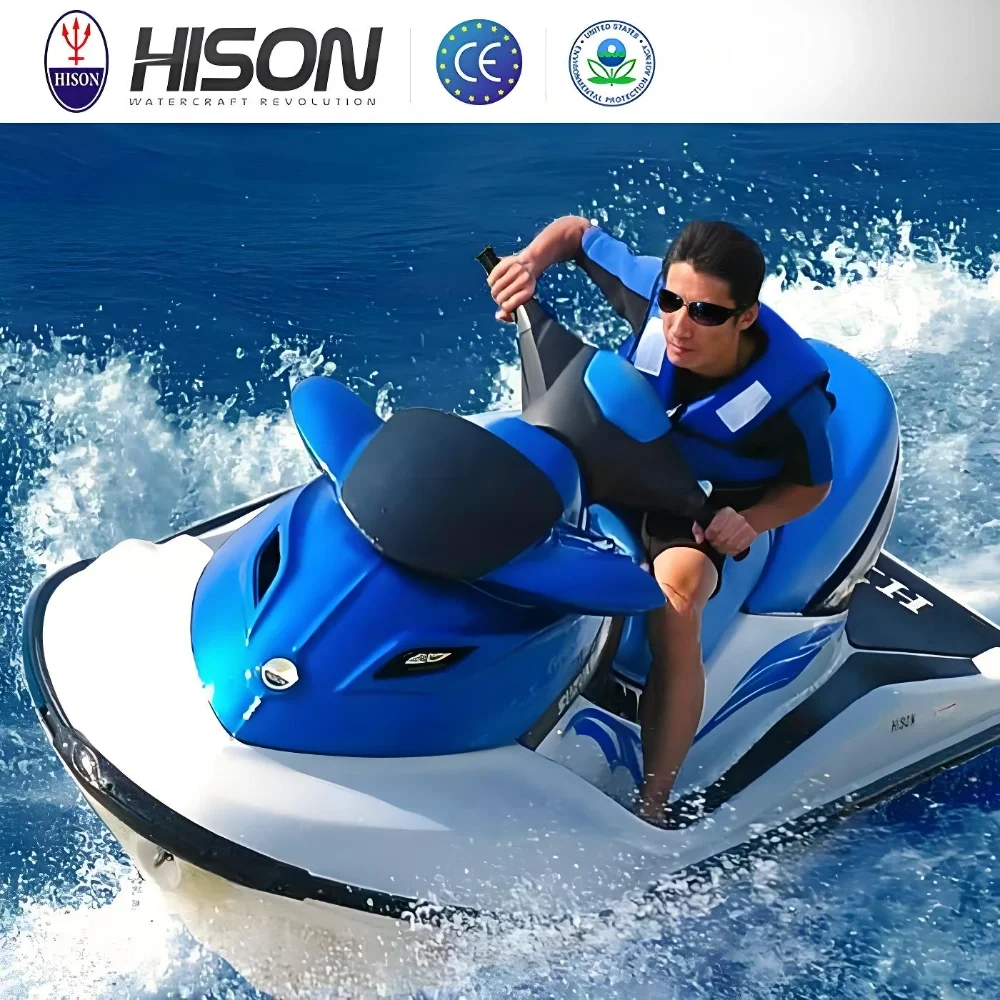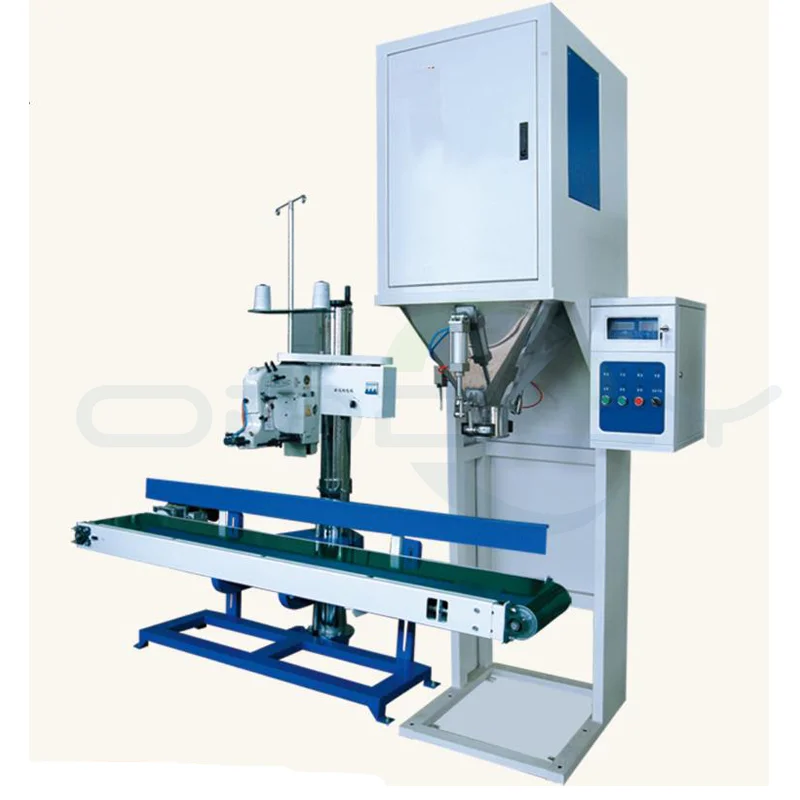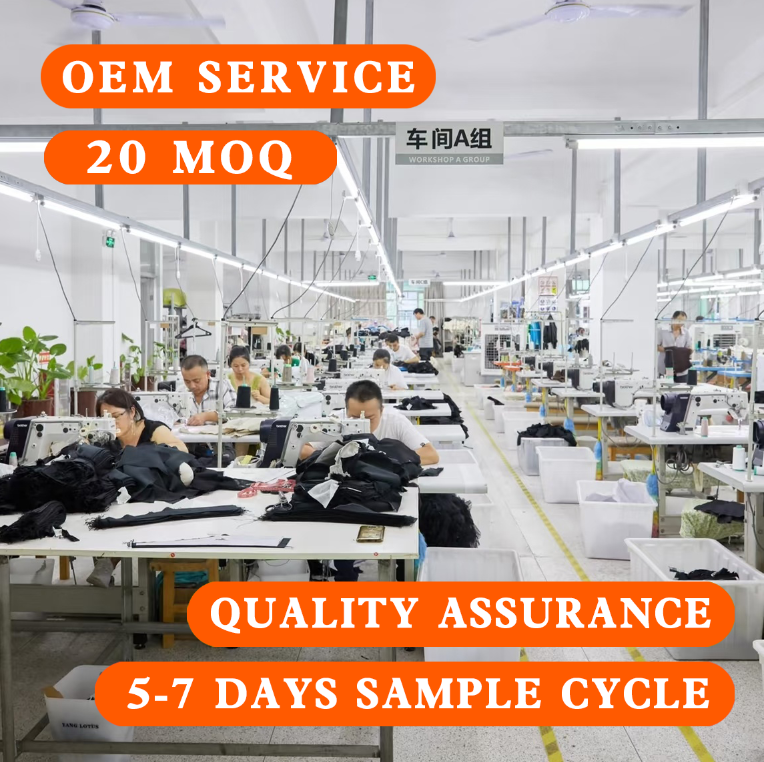When it comes to workout attire, the choice of fabric can significantly impact your performance, comfort, and overall experience. Among the most commonly debated materials are cotton and polyester. Each fabric has its unique properties, advantages, and drawbacks, making the decision a nuanced one. In this article, we will delve into the characteristics of cotton and polyester, analyze their performance in various workout scenarios, and help you determine which fabric is better suited for your fitness needs.
Understanding the Basics: Cotton and Polyester
Cotton is a natural fiber derived from the cotton plant. It is known for its softness, breathability, and comfort. Cotton fabrics are often favored for their hypoallergenic properties, making them suitable for individuals with sensitive skin. However, cotton has its limitations, particularly when it comes to moisture management.
Polyester, on the other hand, is a synthetic fiber made from petroleum-based products. It is renowned for its durability, moisture-wicking capabilities, and resistance to shrinking and stretching. Polyester fabrics are often engineered to enhance athletic performance, making them a popular choice among serious athletes and fitness enthusiasts.
Moisture Management: The Key to Comfort
One of the most critical factors to consider when choosing workout clothing is moisture management. During exercise, your body generates heat and sweat, and the fabric you wear plays a crucial role in how effectively moisture is handled.
Cotton tends to absorb moisture rather than wick it away. While it may feel comfortable initially, once it becomes wet, it can cling to your skin, leading to discomfort and chafing. This can be particularly problematic during high-intensity workouts or in humid conditions.
Polyester, in contrast, excels in moisture-wicking. It draws sweat away from the skin and allows it to evaporate quickly, keeping you dry and comfortable throughout your workout. This property makes polyester an ideal choice for activities that involve prolonged sweating, such as running, cycling, or high-intensity interval training (HIIT).
Breathability and Temperature Regulation
Breathability is another essential aspect of workout fabrics. It refers to the ability of a material to allow air circulation, which helps regulate body temperature during exercise.
Cotton is naturally breathable, allowing air to flow freely, which can help keep you cool in moderate conditions. However, its moisture retention can counteract this benefit, especially in hot and humid environments.
Polyester, while not as breathable as cotton, often incorporates advanced technologies that enhance airflow and temperature regulation. Many polyester athletic wear brands use mesh panels or other design features to improve ventilation, making them suitable for intense workouts in various climates.
Durability and Longevity
When investing in workout clothing, durability is a crucial consideration. You want fabrics that can withstand the rigors of regular exercise without losing their shape or performance.
Cotton is generally less durable than polyester. It can fade, shrink, and lose its shape after multiple washes, especially if not cared for properly. While cotton can be comfortable, it may not hold up as well over time, particularly for those who engage in frequent, intense workouts.
Polyester, on the other hand, is known for its resilience. It is resistant to stretching, shrinking, and fading, making it a long-lasting option for activewear. This durability means that polyester garments can maintain their performance and appearance even after repeated use and washing.
Environmental Considerations
In recent years, sustainability has become an increasingly important factor in fabric selection. Cotton is a natural fiber and biodegradable, but its cultivation often involves significant water usage and pesticide application. On the other hand, polyester is derived from petroleum, raising concerns about its environmental impact. However, recycled polyester options are becoming more prevalent, offering a more sustainable alternative.
Conclusion: Making the Right Choice
Ultimately, the decision between cotton and polyester for workout clothing depends on your specific needs, preferences, and workout conditions. If you prioritize comfort and breathability for low-intensity activities, cotton may be a suitable choice. However, for high-intensity workouts, prolonged sweating, and durability, polyester is the clear winner.






+ There are no comments
Add yours